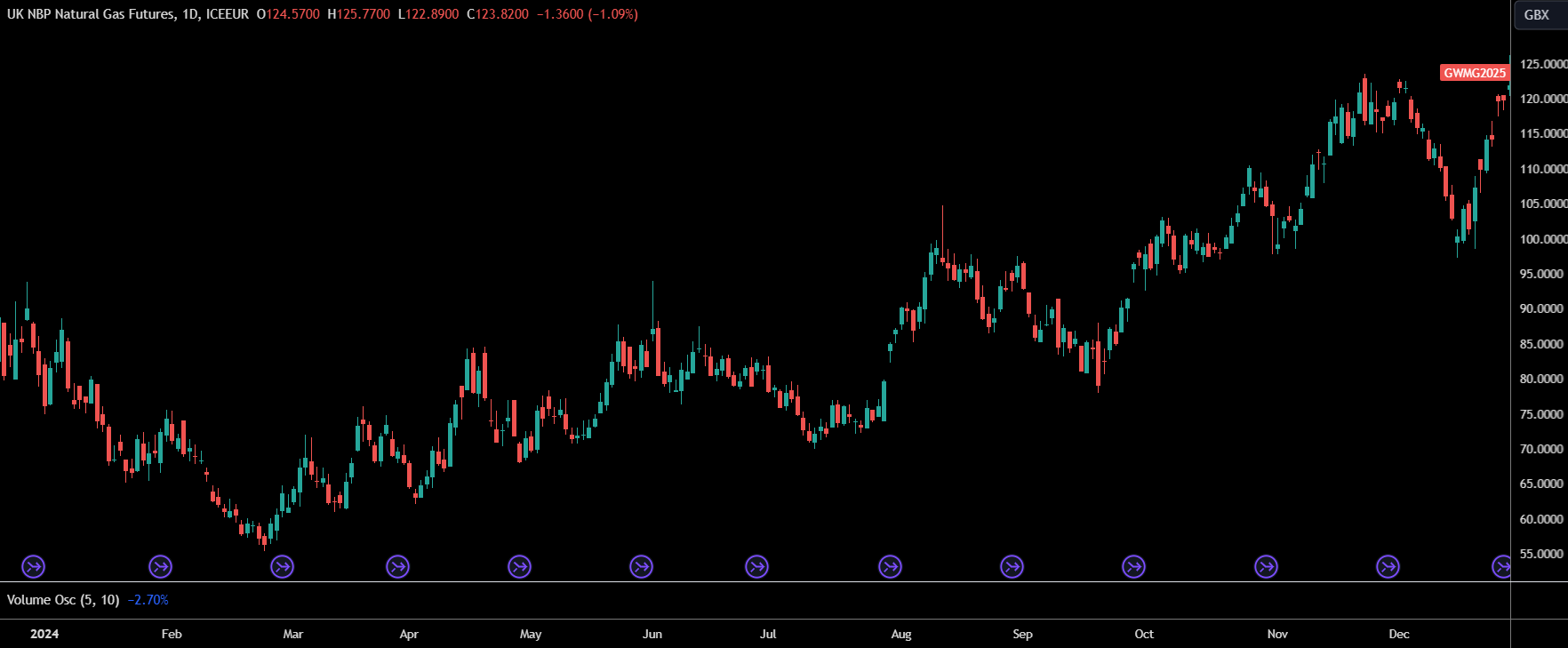Understanding Your Energy Bills: Capacity Charges
Understanding KVA Capacity Charges and How to Save Money
KVA capacity charges are a vital, yet often confusing, aspect of your electricity bill. This article explains what they are, how they are used, and how you can potentially reduce them.
What are KVA Capacity Charges?
Imagine your electricity supply like a motorway. KVA (Kilo Volt Amperes) represent the width of the lane allocated to your business. This reserved space ensures you have enough power to meet your peak demands, whenever needed.
These charges reflect the cost of maintaining this dedicated capacity on the grid, even if you don't use it all of the time. They are set by your local Distribution Network Operator (DNO) and are billed separately on your electricity invoice.
Example:
- A manufacturing plant has a high-power demand during operation.
- The DNO allocates a capacity of 50 KVA to ensure the plant has sufficient power readily available.
- This translates to a daily charge (based on the current rate) of: 3.18 pence/kVA * 50 kVA * 1 day = £1.59
Reducing KVA Capacity Charges
Here's the good news: You can potentially lower your KVA charges by optimising your power usage:
- Monitor your consumption: Analyse your meter readings to identify periods of high energy use (or use an electricity footprint report, like those which are available through our online portal).
- Spread the load: Try to distribute high-power activities throughout the day, instead of concentrating them in short bursts.
- Shift tasks: Schedule non-critical tasks for off-peak hours when there's less demand on the grid.
- Upgrade equipment: Consider investing in energy-efficient equipment that consumes less power.
Lowering your KVA Allowance
By contacting your DNO, you can formally request a reduction in your allocated KVA capacity. This essentially reduces the width of your reserved lane on the grid.
- Reduction process: This is a free service as it doesn't involve physical changes to the network.
- Important consideration: Be mindful that future capacity increases might incur charges as the initially reduced capacity might have been allocated to others.
Key Takeaway
KVA capacity charges ensure you have reliable access to the power you need. However, by understanding your consumption patterns and implementing strategic changes, you can potentially reduce these charges and save money on your electricity bill.
Additional Notes:
- Capacity charges might be represented as "DUoS" (Distribution Use of System) on your bill.
- Your DNO can help assess your meter readings to determine if a capacity reduction is suitable for your business.
By implementing these strategies, you can gain better control over your KVA capacity and potentially achieve significant cost savings on your electricity bill.
If you would like your KVA charges reviewed to see if you can reduce your capacity charges, contact us today. We can conduct a free review to see if you’re a suitable candidate for reduced capacity charges.
Leave your details and we will contact you about reducing your capacity charges










